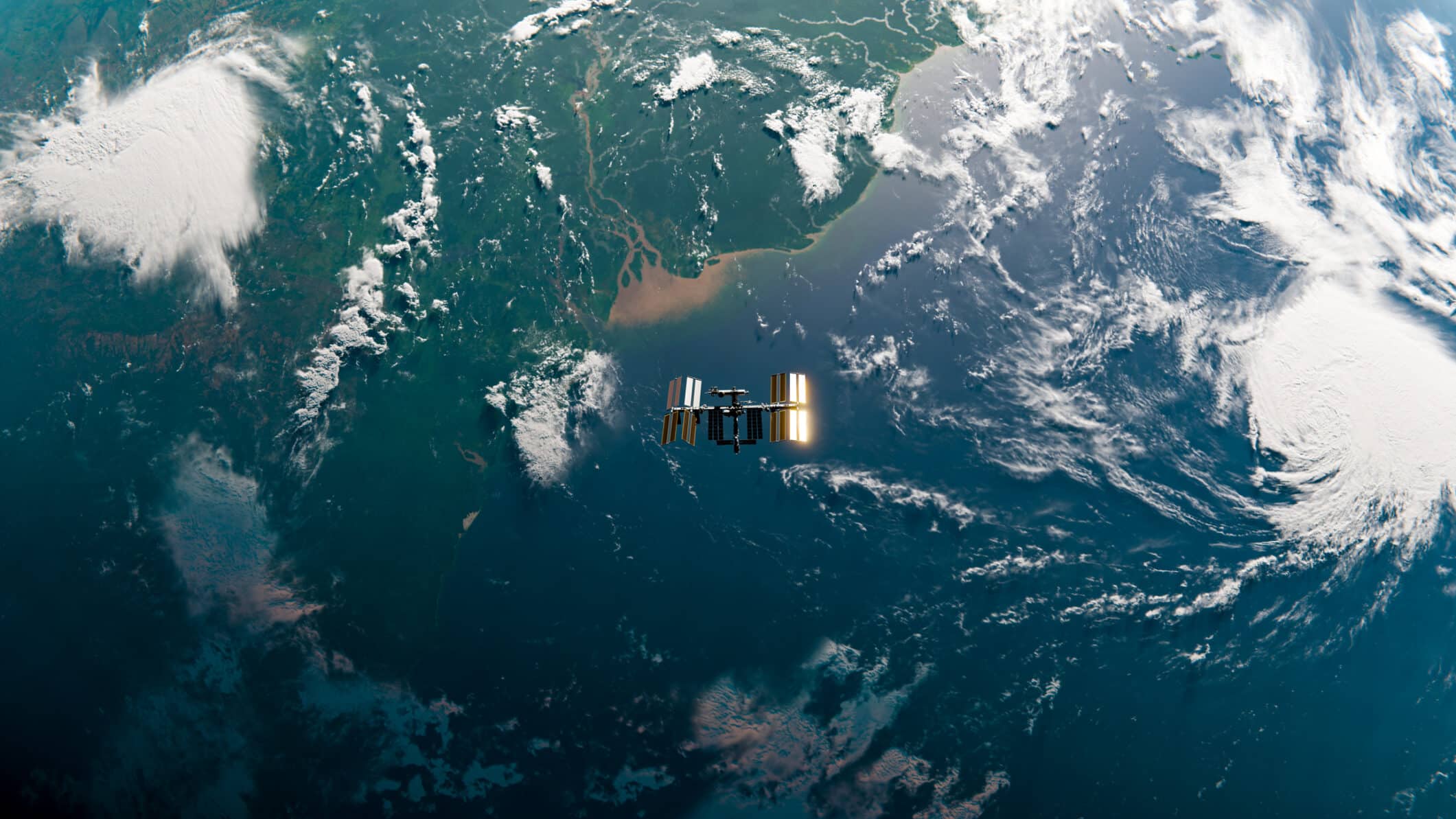The European Commission launches a plan to develop a homegrown alternative to Starlink, aiming to ensure connectivity for Ukraine amidst rising tensions.
The European Commission is initiating a plan to develop a homegrown alternative to the Starlink satellite internet service, following recent US threats to potentially shut down Musk’s company services in Ukraine. This approach aims to bolster the region’s satellite operators and provide Ukraine with essential connectivity, particularly for military operations.
Last week, the Commission’s defence white paper highlighted the need for Europe to fund access to services for Ukraine that could be offered by EU-based commercial providers. Notably, Miguel Ángel Panduro, the chief executive of Spain’s Hispasat, indicated that Brussels has requested his company, along with Eutelsat and SES, to create an “inventory” of potential services available for deployment in Ukraine. “These are capabilities we could offer right now,” he stated.
The emergence of a European initiative could benefit struggling satellite operators, with shares in heavily indebted companies like Eutelsat and SES witnessing a boost in recent weeks. However, industry experts caution that replicating the capabilities of Starlink will pose significant challenges. The existing landscape shows Starlink currently operates around 40,000 terminals within Ukraine, catering to a wide range of users including civilians, government authorities, and military personnel.
Starlink’s extensive network allows for diverse applications such as real-time video streaming from drones to guide military actions, which is not easily mirrored by a single European network. The envisioned European solution would likely consist of a mix of satellites in various orbits, each offering different performance levels and user terminal requirements.
“Today, there is no substitute for Starlink,” Panduro remarked, noting that alternatives may not directly replace Starlink’s services but could help mitigate some of the deficits. A rival satellite operator reinforced this sentiment, stating, “Starlink is so disruptive, so cheap, so pervasive, and so excellent.”
The context of this initiative stems from the difficulties faced by legacy operators in adapting quickly to market dynamics compared to Starlink’s agility. Jean-Baptiste Thépaut, a principal at space consultancy Novaspace, emphasised the disruptive impact of Starlink, which has thrived in the low Earth orbit (LEO) sector since its launch, aggressively deploying around 7,000 satellites. This rapid growth has made Starlink the world’s largest satellite operator, securing contracts across multiple sectors.
In response, traditional operators such as SES and Eutelsat have been compelled to innovate, focusing on higher performance networks in geostationary (GEO) and medium Earth orbit (MEO). Eutelsat’s acquisition of OneWeb, which operates in LEO but at slightly higher altitudes, is one such move. SES has similarly been expanding its presence in MEO with the O3b mPower network.
These operators now face a myriad of challenges, particularly the financial burden associated with multi-orbit strategies. Eutelsat has accrued significant debt, raising concerns about its ability to finance new satellite generations needed to compete effectively with Starlink.
An ambitious European project, the Iris² initiative, aims to facilitate secure government communications by 2030, which could be pivotal in unlocking necessary funding for the satellite sector in Europe. However, doubts remain regarding the sustainability of its plans, especially after SES experienced technical issues with its satellite launches earlier in 2023.
As Europe contemplates an alternative for Ukraine, proposals will likely incorporate a blend of LEO, MEO, and GEO satellites, essentially testing the waters for the Iris² project. Despite the potential contributions from OneWeb, its capacity limitations and the complexities of integrating diverse systems pose ongoing hurdles.
Experts have indicated that while Europe possesses many secure assets, it lacks the extensive capability that Starlink provides, especially in terms of bandwidth. Thépaut pointed out, “Europe has a lot of very secure assets, but what it lacks is the total capacity that Starlink has over Ukraine— the ability to bring gigabits of bandwidth.”
Pierre Lionnet, research director at trade body ASD Eurospace, concluded that the Commission’s pursuit of a European alternative to Starlink presents both challenges and opportunities, though achieving a robust and effective solution appears difficult.
Looking ahead, the satellite industry in Europe faces increased competition, notably from Amazon’s incoming Project Kuiper, which could further shift market dynamics. As analysts examine the recent surge in Eutelsat and SES share prices, the long-term viability of these gains remains a topic of debate.
Subscribe
Sign-up to receive our newsletter

